| CHAPTER II.
POSTURE IN LABOR. Labor Among Primitive Peoples | ||
a. Kneeling, the Body inclined Forward.
It is the custom of most writers upon this subject to refer, like Legros,[46] Goodell, Ploss, and others, to the labor
In a previous labor she had been confined in a similar position, resting head and arms in the lap of her mistress; precisely the same position which the squaws of the Umpgua tribe, in Oregon, are in the habit of assuming. Let us look in upon a scene of this kind.
The patient was found in a lodge, roughly constructed of lumber and drift-wood; the place was packed to suffocation with men and women, the stifling odor from sweat and smoke and stench of whale oil, rendered the lodge unendurable for more than a few moments together. The parturient, situated in the centre of the place, was entirely naked excepting a covering by a dirty blanket, which was thrown across her loins. Her head and shoulders were supported in the lap of an old squaw, while her thighs were stoutly pressed against the pelvis by a squaw on each side, who were engaged in crowding the uterus downward in a brutal manner with their clenched fists, occasionally giving it a lateral motion; another squaw sat between her knees, with her hands under the blanket, ready to receive the child when it came. The crowd in the lodge all the while kept up a deafening din by crying, shouting, pounding on tin vessels, and thumping up against the roof with poles,
Many of the Indian tribes follow this custom, the parturient woman assuming a kneeling position, head and arms resting in the lap of an attendant, or upon any convenient support: a stump, box, bed, or chair; so the tribes of the Quapaw Agency, the Peorias, Shawnees, Wyandots, Ottawas, and Senecas.[49]
The Indians of the Cattarangus Reservation are delivered in the same way, assuming this position just before the expulsion of the child, whilst in the earlier stages they sit or walk about as they please.[50] So, also, the Klatsops of northwestern Oregon, who, however, retain the body more erect, as a young woman assistant stands behind the parturient and clasps her under the arms and around the breast, supporting the patient and forcibly holding her up.[51]
The whites equally resort to this position; thus I hear of its observance in the western and southwestern portions of Missouri. Dr. Willis P. King, of Sedalia, writes me that he has found quite a number of cases where the women desired, during the last part of the second stage, to get up and kneel by a chair; and he says that all the women who have been in the habit of being delivered in this way were Pennsylvanians, of the Pennsylvania German stock, or, at least, that the suggestion had come from a Pennsylvania woman. Since he has seen a woman flood almost to syncope after delivery in this position, he condemns it severely.
I am a little astonished to see this position mentioned as originating in this country among the Pennsylvania Germans, because the only reference that I can find to the kneeling posture among the Germans (and we cannot in reality call the Fins Germans) is by Holst,[52] who says that the Esthen, in difficult cases, seek to hasten delivery by assuming
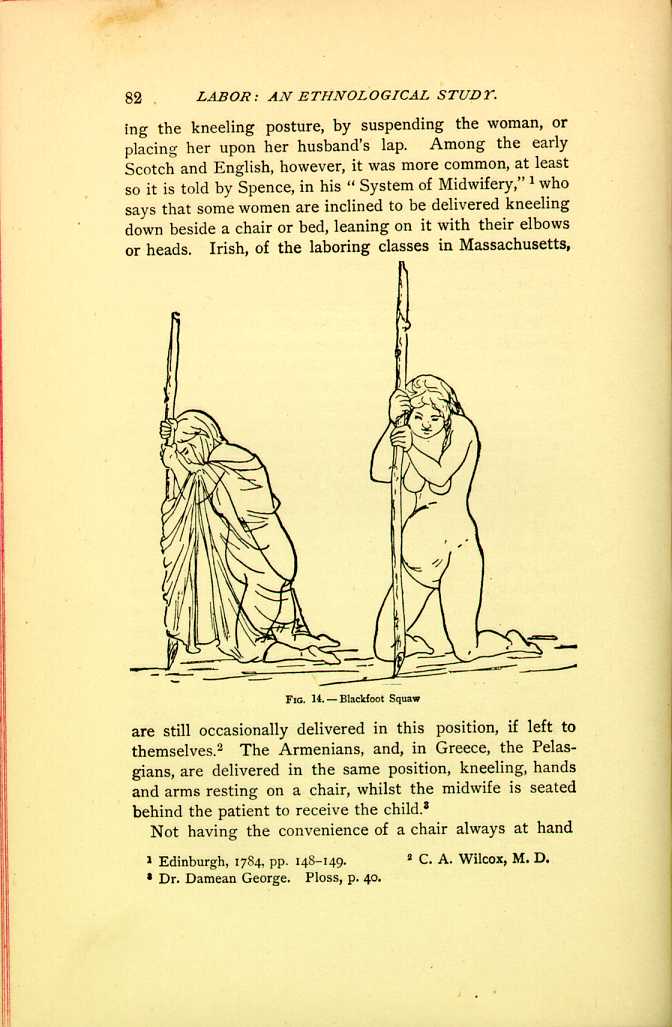
FIG. 14.—Blackfoot Squaw
[Description: Two pregnant women kneel, each supporting herself with a pole planted before her. Black and white illustration.]Not having the convenience of a chair always at hand
The same custom is observed among the Comanches and the Indians of the Uintah Valley, who, however, are not confined in their té-pee but in a temporary enclosure near by. The accompanying cut represents a Comanche squaw in labor, and in order that it may be fully understood I will give some of the details of this accouchement from the extremely interesting description of Major W. H. Forwood, Surgeon U. S. A., who was in attendance and kindly furnished the sketch: "A short distance outside the camp, and in the rear of the patient's family lodge, a shelter had been constructed of green boughs, six or seven feet high, by making holes in the hard ground with a wooden peg, and setting up brush or bushes, with the leaves on, around the circumference of a circle about eight feet in diameter. An
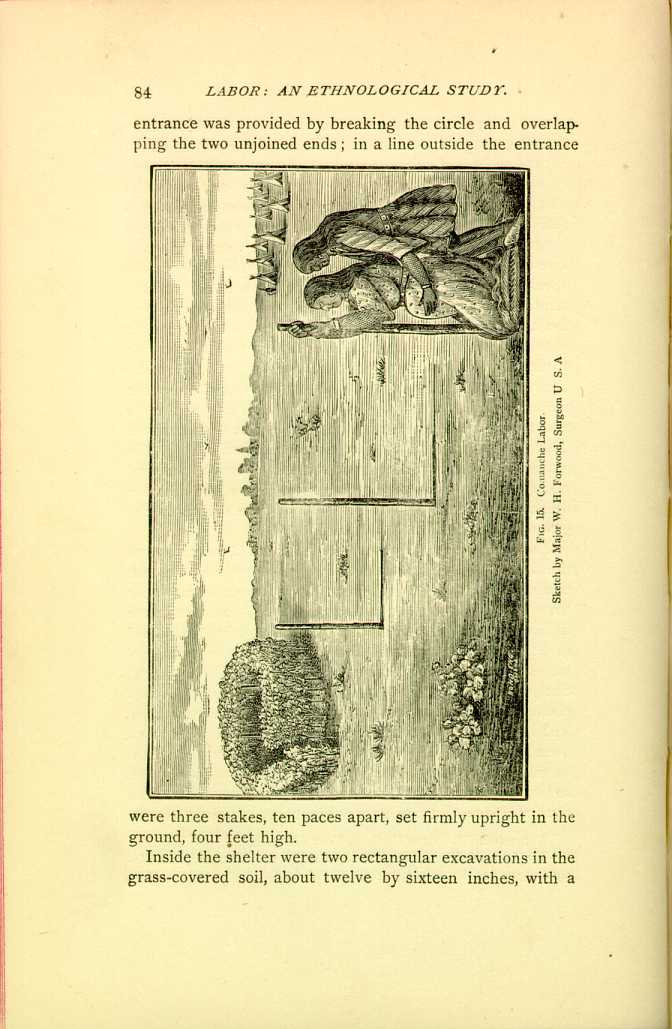
FIG. 15. Comanche Labor Sketch by Major W. H. Forwood, Surgeon U. S. A.
[Description: Pregnant woman kneels, supporting herself with stake planted before her, while another person stands behind her and presses against the sides of her abdomen. Circular brush shelter is nearby. Black and white illustration.]Inside the shelter were two rectangular excavations in the grass-covered soil, about twelve by sixteen inches, with a
I found my patient walking with her assistant, a female relative, up and down the line of stakes outside the shelter, stooping now and then to kneel at the nearest stake and grasping it with both hands during a pain; most of her time was spent in this way, outside the enclosure; occasionally she would enter to kneel over the hot stones or loose earth. During each pain she knelt down close to one of the stakes, bringing the front of her feet and legs against the ground and her knees a little apart, the body bent forward, face turned down, or sometimes up, at the severest part of the pain, and the hands, one above the other, grasping the stake on about a level with the head. The assistant stood behind, astride of or between the patient's feet, and stooping over, passed her arms around the body until her hands were brought over the front and lower part of the patient's abdomen; in this position she performed several manipulations with the palms of her hands and fingers, while the pain lasted, such as rubbing, kneading, etc., but most frequently a quick jerking or shaking upward movement, something like that of shaking a pillow into its case. The patient never assumed a recumbent position, and the moment the placenta escaped she sprang up, buckled on a stout leather belt, mingled with the crowd and soon disappeared, without apparently taking the slightest notice of her child.''
The Indians of the Uintah Valley Agency, Utah, observe the same customs with this exception, that they keep a kettle of hot water, boiling, within the enclosure or "Wick-e-up,'' of which the patient takes frequent and copious draughts during the labor, and as soon as the child is expelled she continues drinking freely of the hot water, rises to her feet, places a folded cloth to her abdomen, and
The natives of New Zealand kneel down upon a mat, the knees about two feet apart, the hands resting on a tree or stick, or clutching some hard substance, while if help is needed, the arms are twined about the knees of an assistant in order to press them against the fundus of the womb.[59]
The Dakota woman assumes a kneeling position during labor, unless extreme weakness prevents; she supports herself by a post driven into the ground, or any convenient means of support; the recumbent position, they think, retards the progress of labor.[60]
The rather vague information to be obtained from the Cheyennes, Arapahoes, and Eastern Apaches was to the effect that the parturient woman, as among so many of the Indian tribes, retires to the bush, where, if the labor is a normal one, she is delivered without any assistance, the position assumed being upon her knees, occasionally a reclining one. Dr. C. P. Allen writes me concerning the Chippewas, from the White Earth Indian Agency, that, if the parturient is of the wild or blanket Indians, a quantity of dry grass is spread on the ground in the té-pee, or house, if they have any; a pole six to ten feet long and three to four inches in diameter is placed on the backs of chairs or fixed across one corner of the room about the height of a chair, behind which, with it across her chest, the woman rests on her knees during the pains, sitting down in the interval. Those who are partly civilized assume a somewhat similar position but use straw overlaid by quilts or blankets.
I would here call attention to the fact that the Chippewa woman seems to draw horizontally upon this cross-bar and
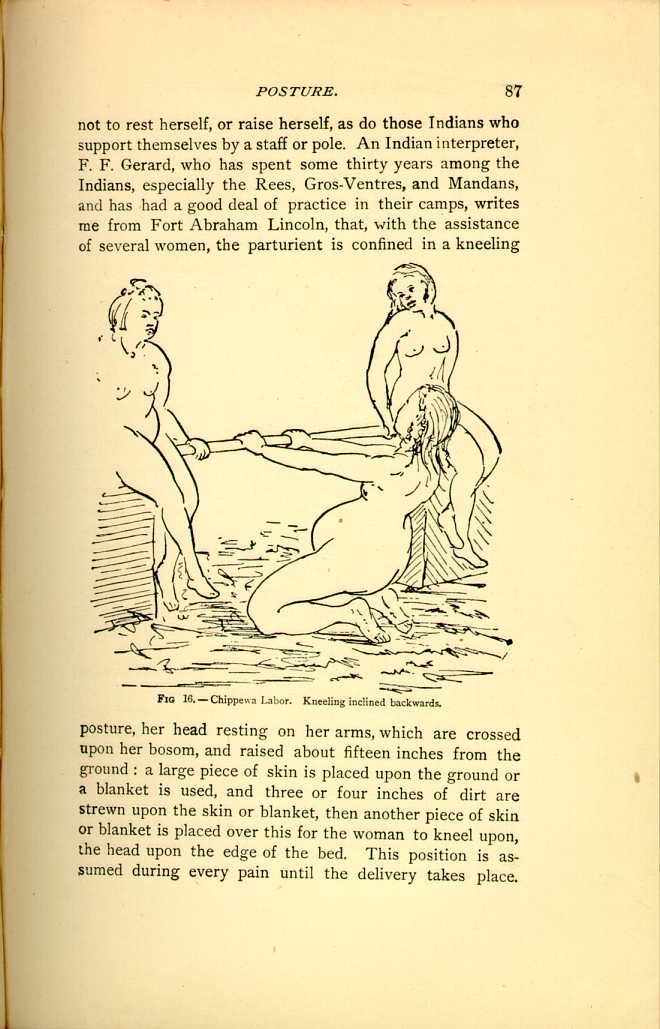
FIG 16.—Chippewa Labor. Kneeling inclined backwards.
[Description: Pregnant woman kneels and leans backward, grasping a horizontal pole held between two other woman. Black and white illustration.]From a very instructive letter, recently received from
Dr. N. Kauda, of Tokio, I see that the Japanese are not
unfrequently delivered in a kneeling posture; the description
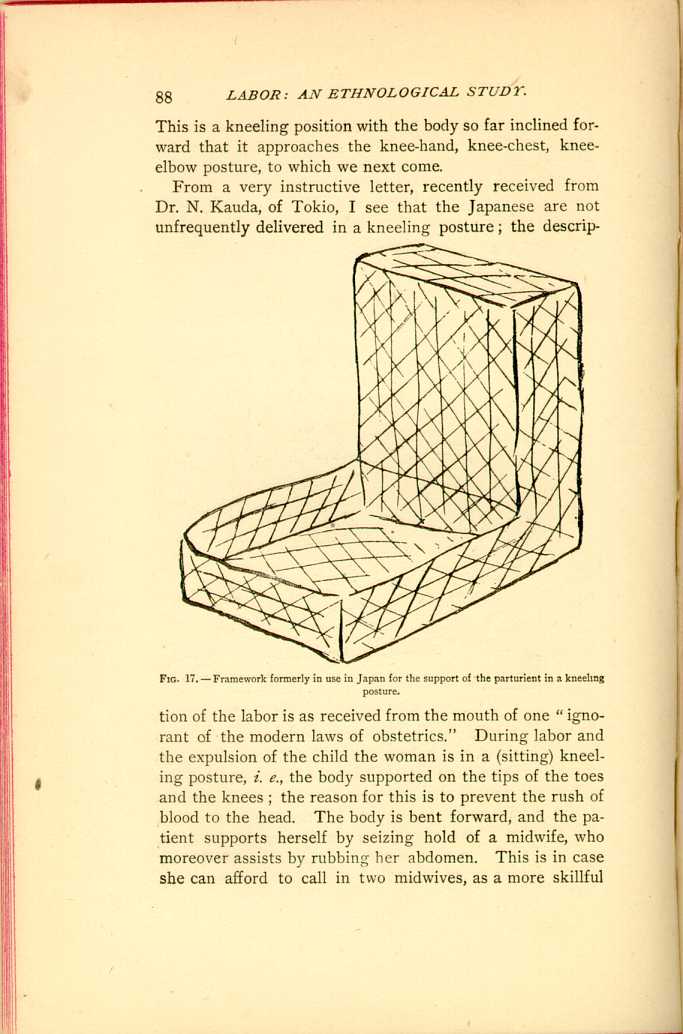
FIG. 17.—Framework formerly in use in Japan for the support
of the parturient in a kneeling posture.
[Description: Piece of furniture shaped like a chair
without legs, designed to support a woman in a kneeling posture. Black
and white illustration.]
Fifty years ago the patient was supported in her position
and the labor conducted in a framework (Fig. 17), but
now ordinary articles of bedding are piled up to support
the back (Fig. 18), as seen in the figure which represents
the posture just after delivery, and in this upright position
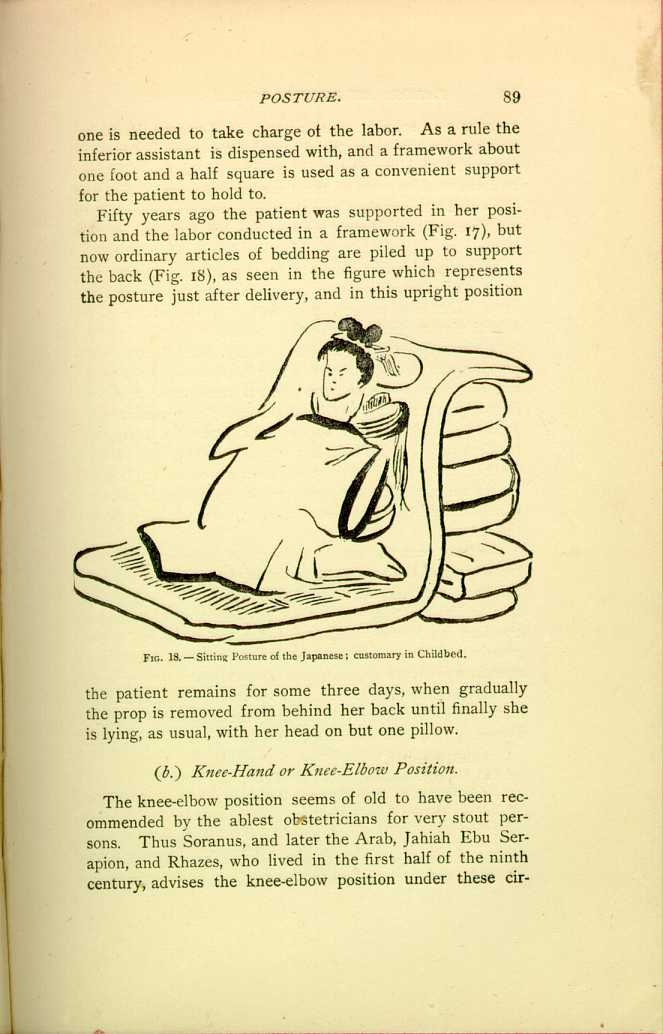
FIG. 18.—Sitting Posture of the Japanese; customary in
Childbed.
[Description: Woman sits on a blanket or thin mattress, and leans against a
pile of bedding. Black and white illustration.]
| CHAPTER II.
POSTURE IN LABOR. Labor Among Primitive Peoples | ||